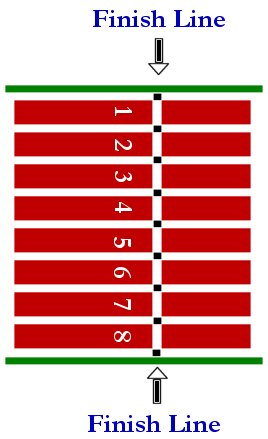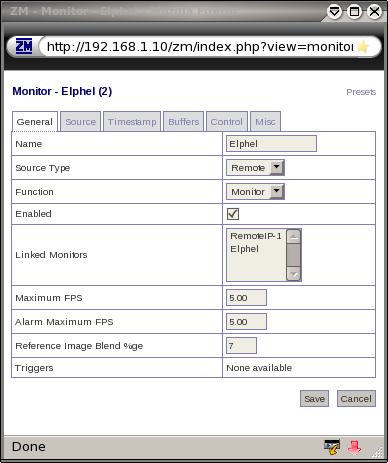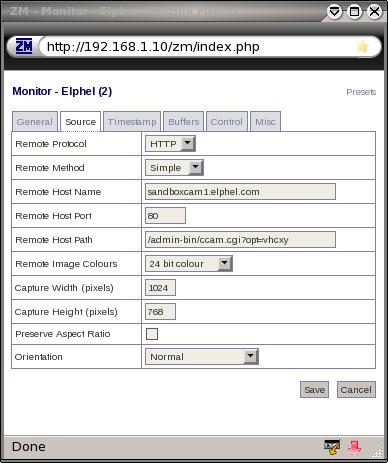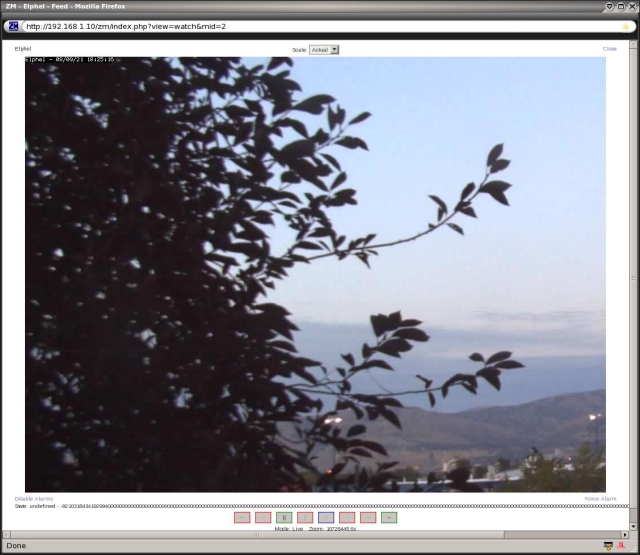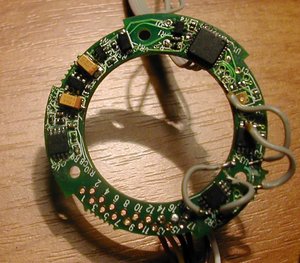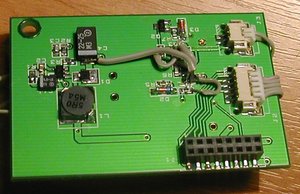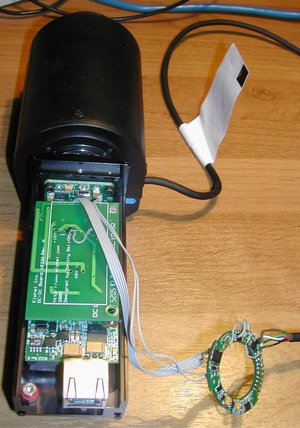Development documentation
353/363 | Using the cameras | Camera software | Live CD | Camera hardware | Diagnostic & repair | Development documentation | 333 prices | Information | FAQ | About Elphel, Inc
Contents
[hide]Introduction
2 Developers:
We just started this Wiki so the info here is rather patchy covering just some particular topics. Please be sure more will be posted here by us - Elphel develpers and (I hope) by you too.
Happy hacking of Elphel products,
Andrey
Photo-finish
Background:
The photo finish camera can be used for many sporting applications: greyhound, horse, bike, car/motorbike and athletics. This discussion will be focused on athletics competitions since this is the most demanding. The photo finish camera system “yet to be named” should meet all the requirements of a Fully Automatic Timer (F.A.T.) as outlined in the IAAF, and other international athletic organizations. A handful of such systems are available and are out of the reach of many small struggling clubs and sporting bodies.
The photo finish camera is positioned at the finish line and takes continuous images of the line at a rate of 3072 frames per second and then displays them side by side on the screen. Since there are usually 8 lanes in the race the camera/software has to have some way of differentiating the lanes from the background. The simplest way is to paint the finish line with back squares where the lane line intersects the finish line for the software to detect the lanes and assign the athlete to the correct lane.
The photo finish images are composed of many assembled pictures of the finish line. Since the finish line is white and the lines that define the different lanes are also white it would be hard to differentiate the two. So the black squares would be seen as a continuous black line behind the athletes and would define the individual lanes.
The black squares on the finish line are also used for the camera alignment. The smaller the black squares the better the camera alignment.
Components of the photo finish system:
1. Camera – with high accuracy crystal IC- Timer (Elphel) and time stamping of images.
- Remote controlled Pan tilt system or accurate XYZ table for camera alignment (software and joystick control) - Remote control zoom lens (software) - Scope or laser for alignment - Restart button/trigger (wireless???)
2. Start/stop/reset trigger (wireless and/or mechanical).
3. Software- dedicated meet management system (a database driven image capture/analysis system).
SOFTWARE
Zeroconf for Elphel cameras
Elphel cameras and Zoneminder
Using the ccam.cgi to grap a snapshot in ZoneMinder works fairly well. You will be able to easily implement this. Keep in mind that ZoneMinder has no facilities to determine the image size so this must be manualy set in ZoneMinder to match the image being sent by the camera. These are my findings after having a go of it for a half hour: Using ccam.cgi.
Using " /admin-bin/ccam.cgi?opt=vhcxy " as your path in ZoneMinders Monitor configuration ( Keep in mind that I am using the sandbox camera so I'm not going to bother benchmarking )
HD cinema camera
USB host interface
Motorized lens control
- lens control board 10331
- power and communication board 10332
Outdoor enclosure
Real Time Clock for the camera
There is a description of RTC implemented in the camera FPGA. This clock might be fine-tuned, the data is available for reading by the CPU and to be embedded in the camera images/video by the FPGA itself.
Free Software and Open Hardware. Elphel, Inc., 2005
